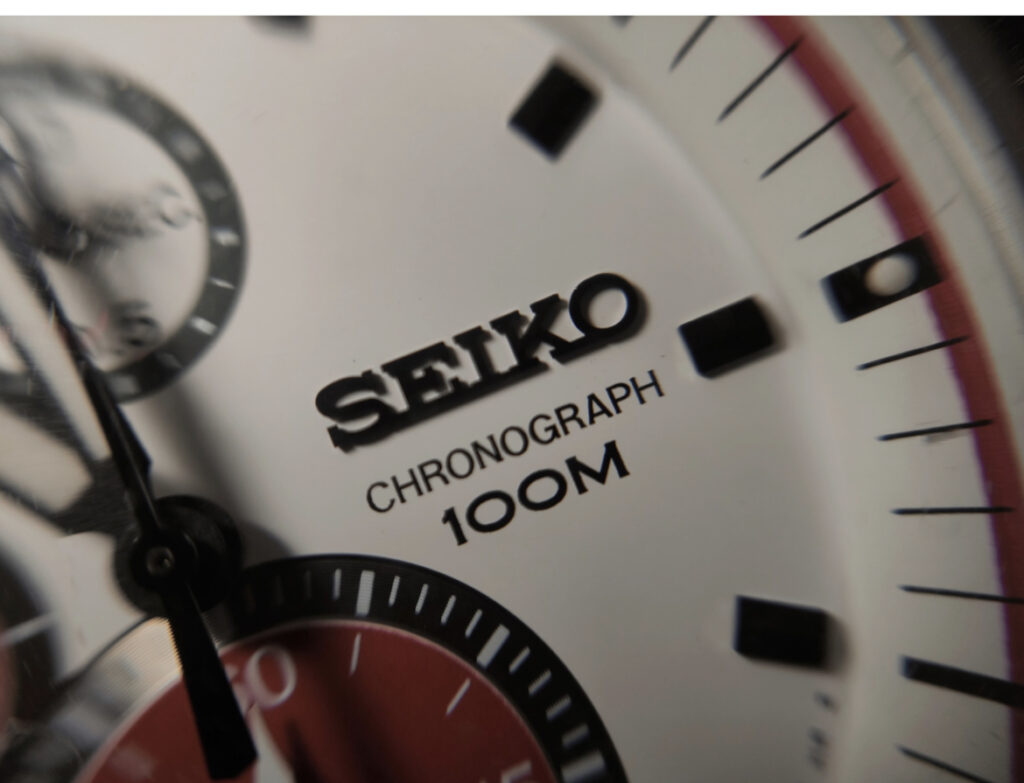How to Use the Different Functions of a Chronograph Watch

Chronograph watches may seem complicated but learning how to use them properly opens up timing functionality you never knew you needed. With practice, you’ll soon master the various buttons and sub-dials that make chronographs so useful for timing events, speed, and more.
This guide will walk you through the main functions so you can get the most out of your chronograph watch.
Main Functions of a Chronograph
Chronograph watches are specialized timepieces designed to measure elapsed time and speed. Going beyond simple time-telling, popular chronographs have functionality for timing events down to fractions of a second. The most useful functions on popular chronographs are the stopwatch, split timing, and tachymeter scale.
Stopwatch Function
The stopwatch function allows you to time events by starting, stopping, and resetting the chronograph hand. This is achieved using the chronograph pushers and is the most basic timing feature. Whether you want to time a race, cooking, parkingmeter, or anything else, the stopwatch function has you covered.
Split Timing
In addition to simple stopwatch timing, many chronographs also allow you to use split timing. This superb function lets you time intermediate intervals or segments while the overarching elapsed time continues running in the background. Split timing is great for tracking lap times or multiple back-to-back events.
Tachymeter Scale
Finally, the tachymeter scale enables you to calculate speed or distance covered over a fixed time period. By starting the chronograph and stopping it once a mile or kilometre distance is covered, you can read the speed measurement directly off the tachymeter bezel.
Now that you understand the core timing functions of a chronograph, it’s time to learn how to operate the various pushers and sub-dials that control these features.
Operating the Pushers/Buttons
Chronograph watches have buttons or pushers that allow you to control the various timing functions. The most common configuration is two pushers on the side of the case at 2 and 4 o’clock.
Some chronographs have a third pusher placed at 10 o’clock used for activating the split timing function.
Reading the Sub-dials
In addition to the main chronograph hand, chronographs have sub-dials, or small secondary dials, that provide additional timing information. There are typically three sub-dials located on the watch face.
As you use the chronograph, the hands on the sub-dials will move correspondingly but are separate from the central chronograph hand. Understanding how to read them gives you more data.
5 Tips for Proper Use
Follow these tips to get the most out of your chronograph watch
1. Reset Before New Timing Session
Always reset the chronograph fully before starting a new timing session. The hands should be at 12 o’clock or zero position. This ensures accurate timing.
2. Avoid Accidental Pusher Pressing
Be careful not to inadvertently press the chronograph pushers during physical activity or while wearing gloves. This can accidentally start, stop or reset timing.
3. Don’t Overwork the Movement
When timing longer durations, avoid running the chronograph nonstop for hours on end. This can overwork the movement over time.
4. Unscrew Locked Pushers
If your chronograph has a screw-down pusher, make sure to unscrew it before pressing to activate the timer.
5. Check Manufacturer Recommendations
Check the user manual for any model-specific tips recommended by the manufacturer. Some have unique quirks.
Conclusion
While chronograph watches may seem complicated at first, learning how to properly use the various timing functions opens up a world of exact timing possibilities. By mastering the stopwatch, split timing, tachymeter scale, sub-dials, and following operational best practices, you can fully utilize your chronograph for accurate tracking of sports, events, speed, and any timing need life throws your way.




